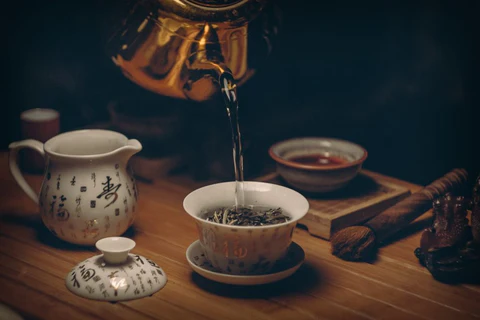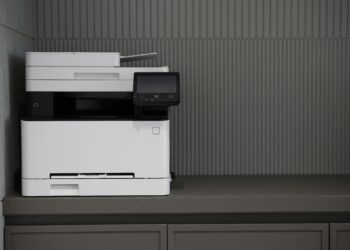The art of brewing tea is a practice valued and perfected over centuries. At the heart of this tradition lies the choice between using loose-leaf tea or pre-packaged tea bags. Enthusiasts and connoisseurs argue that loose-leaf teas provide a superior taste, quality, and experience. With an array of flavors, health benefits, and economic considerations, the transition to loose-leaf tea is compelling for those who cherish their daily cup. Below, discover why indulging in the world of loose-leaf teas can elevate your palate and enrich your life.
Health Benefits: Antioxidants and Nutrients in Loose-Leaf Tea
The health benefits of drinking loose-leaf tea are myriad, with much of the goodness attributed to its rich content of antioxidants. These natural compounds are renowned for their ability to fight off free radicals—molecules that can damage cells and contribute to chronic disease. Different varieties of tea offer varying levels of antioxidants, with green and white teas often considered among the highest.
Loose-leaf tea is also a minimal-calorie beverage that can be part of a healthy diet. It can boost one’s intake of hydration while also providing natural substances that are believed to aid digestion and enhance metabolic rate. Many tea drinkers find that certain herbal blends support relaxation and can help alleviate stress.
The nutritional content of loose leaf tea extends to minerals and vitamins such as magnesium, potassium, and vitamins C and K. These elements play key roles in maintaining overall health, and the natural form of loose leaf tea allows these nutrients to stay intact and remain bioavailable during consumption.
Brewing the Perfect Cup: Techniques and Tools for Loose Leaf Tea
Brewing loose-leaf tea is both an art and a science. The technique involves precise measurements, water temperatures, and steeping times to fully develop the leaves’ flavors. Using fresh, cold water and bringing it to the right temperature for the specific type of tea is paramount. For example, black teas generally require boiling water, while green teas perform better with slightly cooler temperatures.
Tools for brewing can also enhance the experience. A quality teapot with an infuser basket gives leaves ample room to expand and steep evenly. Alternatively, individual infusers or French presses are excellent choices for single servings. For those interested in traditional methods, the gaiwan, a Chinese lidded bowl, offers a hands-on approach to brewing and drinking tea.
Timing is another critical aspect of the brewing process. Allowing the leaves to steep for the right amount of time brings out their best without risking bitterness from over-extraction. Most teas will include recommended steeping times, but personal preference plays a large part in finding the perfect balance.
The Essence of Loose Leaf Tea: Unveiling the Quality Difference
Loose-leaf tea excels in quality due to its traditional processing methods, which retain the leaves’ natural shape. Unlike tea bags that often contain smaller pieces or “dust,” loose leaves unfurl and expand as they steep, releasing their full range of flavors and aromas. This difference in processing preserves the tea’s essential oils, which are responsible for a tea’s scent and taste.
In addition, the larger surface area of whole leaves allows for a cleaner and more balanced infusion. The leaves’ gradual expansion leads to a more nuanced extraction of flavors compared to the rapid release from finely cut tea. This slow dance imparts a depth of character to your brew that is often lost in pre-packaged options.
Choosing quality tea can indeed transform your drinking experience. People looking to buy loose leaf tea will find a wide selection of renowned blends that are both enticing and enriching. From bold Assam to delicate oolong, the varieties available are as endless as they are exquisite.
The Environmental and Economic Impact of Choosing Loose-Leaf Tea
Environmental concerns weigh heavily on many consumers’ minds, and choosing loose-leaf tea can make a positive impact. One significant benefit is the reduction of waste; loose-leaf tea typically requires less packaging than prepackaged tea bags, which are often wrapped individually and include strings, tags, and staples that add to landfill waste.
Economically, loose-leaf tea can prove more cost-effective in the long run. Although the initial investment may be higher, the quality and the ability to re-steep high-grade leaves can lower the cost per cup. Furthermore, supporting local and responsible tea merchants can have a favorable economic impact on communities dedicated to sustainable agriculture.
Overall, the world of loose-leaf tea offers an enriching and multifaceted experience that satisfies the palate while promoting health, consciousness, and respect for the environment. Investing in loose-leaf tea is not merely an indulgence in superior taste and quality; it is a mindful choice that has positive reverberations for the individual, society, and the Earth.










